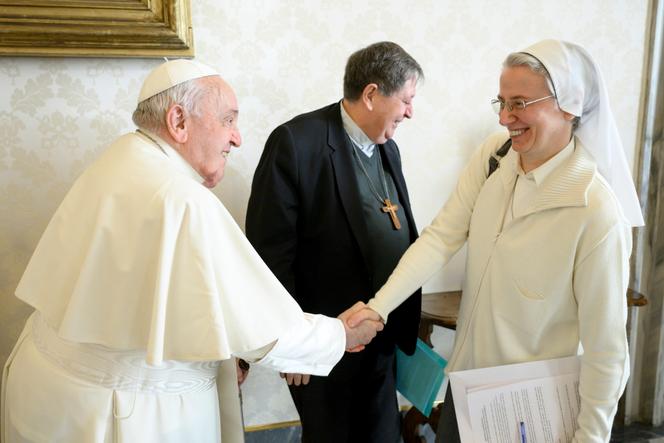

"They are the strawberries on the cake, but there is need for more," Pope Francis said on the subject of women in the Catholic Church, on December 5, 2014 before the International Theological Commission. In his memoir, Hope, published on January 15, he wrote: "One of the great sins we have committed is to 'masculinize' the Church."
However, 12 years after his election women still do not have the right to be ordained as priests or deacons. As a result, nor can they accede to the offices of bishop, cardinal or pope, and remain excluded from many ecclesial responsibilities.
But despite this thick glass ceiling, the percentage of women working in the Roman Curia – the administrative body of the Church, essentially the Vatican's government – has risen from 19.3% to 26.1% since Francis was elected in 2013, which is a record. And some have risen to senior positions that no woman had previously held.
On January 6, 2025, Italian nun Simona Brambilla, 59, was appointed prefect of the Dicastery for Institutes of Consecrated Life and Societies of Apostolic Life, of which she had been Secretary (number 2) since the end of 2023. This makes her the first woman in history to head a dicastery – of which there are some 30 – the equivalent of a ministry in Church government.

You have 83% of this article left to read. The rest is for subscribers only.
